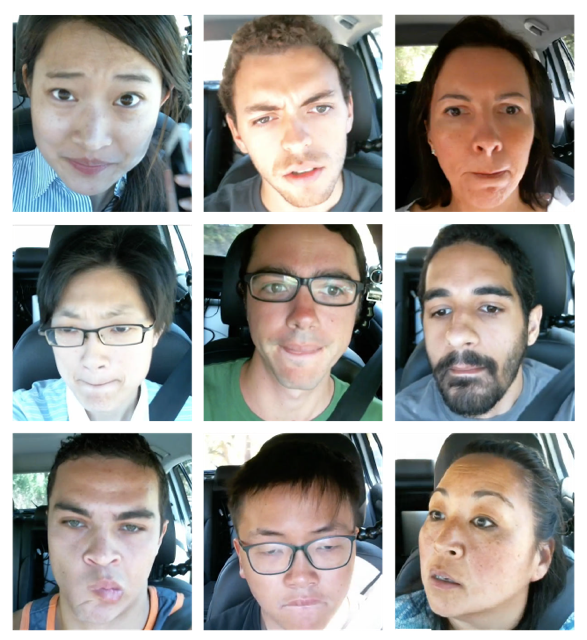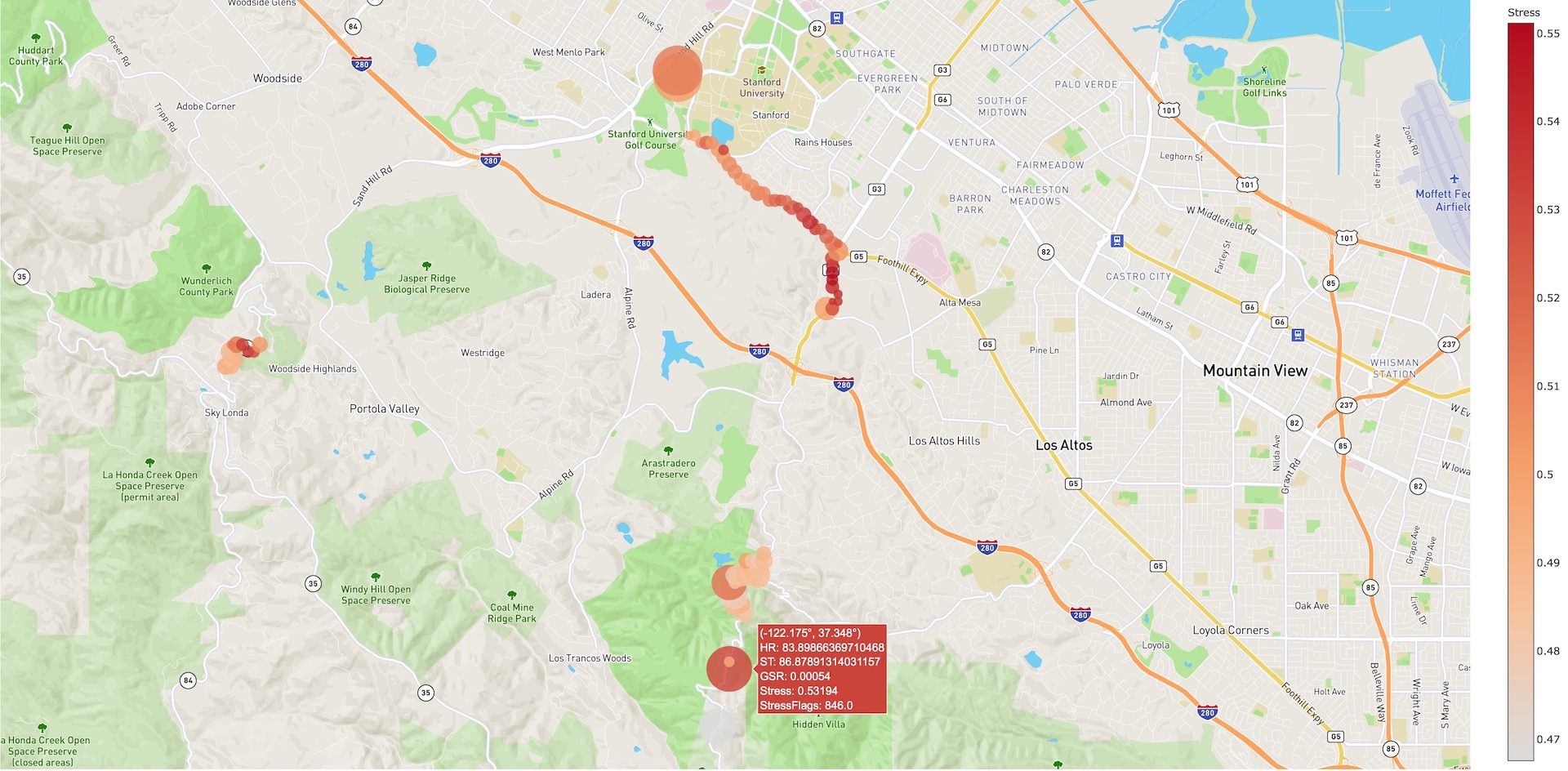Stress Detection While Driving
Overview
The purpose of this project was to develop a stress elicitation technique that could be effectively and consistently replicated in real-world situations. To achieve this goal, scripted in-vehicle stressor events and unscripted on-road stressors, such as pedestrians and construction zones, were utilized. Furthermore, I designed an algorithm to identify periods when the participant was experiencing stress, which was validated through participant self-report. The project aimed to gain a better understanding of stress drivers’ experience and to develop an efficient and reliable technique for eliciting stress in real-world scenarios.
Paper: Eliciting Driver Stress Using Naturalistic Driving Scenarios on Real Roads.
Goal
Our objective was to develop a reliable system for gauging the driver's experience and verifying a stress-inducing technique that could be safely applied on the road. Our emphasis was on comprehending and measuring drivers' stress levels in different situations.
Modified display with low battery warnings.
Solutions
Our proposed approach utilized a mixed methodology to quantify participant behavior through psychophysiological measurements, which were validated through interviews conducted before, during, and after the experiment. To create a stressor event, participants were unknowingly subjected to an experimental display on a windy, secluded mountain road with poor cellular reception, which provided visual and auditory warnings of low battery charge 15 minutes into their drive.
An open API of the algorithm was released and can be found here.
Data viz aggregate of the wearable data.
Findings
The main results were that the stress elicitation technique was successfully replicated, with 90% of participants experiencing stress. Furthermore, 89% of the stress events were correlated with road events, demonstrating the algorithm’s effectiveness in identifying stress periods.
Road events frequency.
Takeaways
The biggest takeaways from this experiment were the importance of open communication with everyone involved and driving meaningful research in all stages, particularly with the follow-up. In addition, the project highlighted the value of collaboration between different areas of expertise in hybrid research like this.



